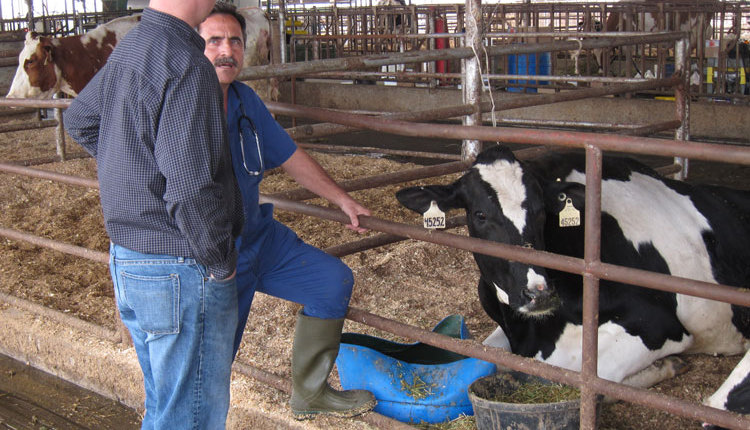Do I need to worry about bird flu infecting my cattle?
Wisconsin – H.C.

The short answer to your question about HPAI infecting cattle is that it is extremely unlikely. However, there is more to this story, and cattle owners have something to learn from watching how we respond to foreign animal disease outbreaks like HPAI. Additionally, while the risk of a HPAI strain jumping species is very, very low, dairy farms that sell to farmer’s markets or roadside stands may have poultry flocks.
State and federal animal health officials with the National Animal Health Laboratory Network have an extensive infrastructure to quickly identify and manage diseases like HPAI. Every disease and the circumstances surrounding its introduction into the U.S. will be different, but the general framework is similar.
Specific to HPAI and your question, we know within 24 to 48 hours of a sick bird being identified in a flock if it is positive or negative for HPAI, and in the case of a positive animal, the whole genome sequence of the virus is identified. Studying the viral genome is how scientists know the likelihood that a particular HPAI strain will jump species, especially into people. Again, this is very rare, and the 2022 HPAI virus is not a concern for human infection.
The entire world should understand that viruses can change quickly and cause problems, as has been accentuated by our experience with COVID-19 in people and animals. Influenza A viruses can change quickly as well, and that is why we watch avian influenza so closely and institute control measures as fast as possible to limit spread.
Animal health officials spend significant resources on plans and exercises to manage foreign animal diseases in our livestock species to limit the effects of an outbreak. Additionally, these plans are designed to keep animal industries moving so that we can sell animals and products to maintain the food supply.
There are two take-home messages for dairies from the current HPAI outbreak in the U.S:
1. If you have poultry on your farm, monitor them for any changes in health (including high mortality) and report changes to your veterinarian or state animal health officials.
2. Have a plan for your farm to maintain business continuity during an infectious disease outbreak. Obtain a premises identification number and develop a response plan to a disease outbreak. Your veterinarian, extension service, and state animal health office have resources to help.










